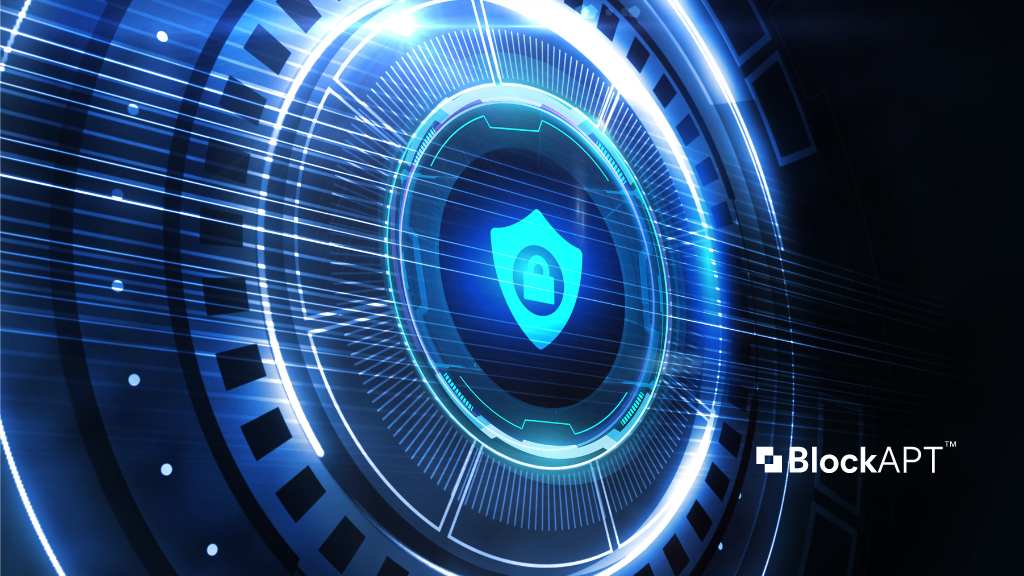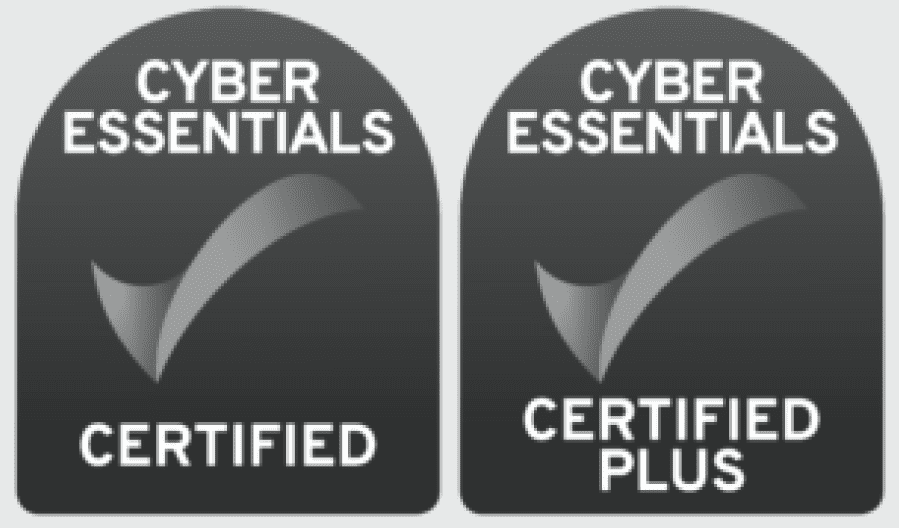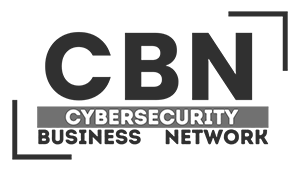Cyber threats are growing every day, with damaging data breaches making headlines repeatedly. No organisation or individual is immune.
It’s a subject close to my heart – I’m a strong believer that to embed a cybersecurity culture, technical controls alone won’t do the trick. It starts with the right mindset and that means embedding cybersecurity into the DNA or fabric of every business. It’s not just the responsibility of the IT department but everyone in the business has a role to play with clear responsibilities. That’s why building a robust cybersecurity culture is critical for every business.
So, I ask myself, what exactly does a strong cybersecurity culture look like? It starts from the top, with engaged leadership setting the tone and prioritising security. Employees at all levels are trained on cyber hygiene, risks and their responsibilities. Security awareness becomes ingrained into everyday operations as BAU not a one off, induction tick box training exercise.

Crafting this culture (and it’s not as easy as it seems) requires strategic focus in several key areas:
Establish clear security policies and procedures.
- Document required security practices, including policies and procedures, on everything from strong passwords, device usage and management and phishing responses to more.
- Review policies regularly or annually at a minimum and update them to reflect new threats and practices as needed.

Train employees continuously.
- Conduct cybersecurity training upon hiring with quarterly updates – share latest breaches via internal newsletters, intranets, etc to raise awareness.
- Ensure training is tailored to different roles in your organisation (e.g., Executives, Managers, End Users, etc) and focuses on cybersecurity ‘champions’ to get employee engagement rates up.
- Use real-life examples and simulated phishing tests to illustrate threats.

Incentivise vigilance.
- Recognise and ‘reward’ employees who spot suspicious activity or potentially risky behaviours. It doesn’t have to be costly – public recognition via ‘shout outs’ and gift cards can go a long way – it’s the thought that counts.
- Publicise internally “caught in the act” stories of those individuals who have prevented attacks to motivate participation – introduce “Security employee of the month/quarter” announcements.

Embed security into operations.
- Include security reviews in product development, vendor evaluations, acquisitions, etc.
- Make security a standing agenda item in meetings and strategy sessions – in other words it’s not bundled into “AOB”….!
- Routine security discussions keep it top of mind.

Promote open communication.
- Maintain an open-door policy for reporting concerns – no matter how trivial they may seem. Discourage a blame culture where individuals are made to feel as ‘troublemakers’.
- Encourage discussions about close calls to foster learning from near misses or possible missteps so everyone can learn from them.

Lead by example.
- Executives and Managers must model security behaviour and best practices first and foremost. It sets the standard for the entire organisation – lead by example.
- Convey leadership as brand ambassadors in ongoing awareness campaigns

Learn from incidents.
- Analyse any breaches or near misses to identify defences and process improvements.
- Deploy cybersecurity solutions and a cybersecurity mesh architecture which gives you a unified, customisable view and control across your entire digital ecosystem with Executive level dashboards for regular reporting.
- Conduct periodic after-action reviews of security incidents are key as is ensuring the ongoing enhancement of your organisation’s cyber defence strategy.
With constant focus and engagement at all levels, security culture can take root. It becomes just “the way we do business here” and you can transform your security efforts into an ingrained culture.
Cybersecurity becomes intrinsic to daily operations – the way business is done…..not waiting for the ‘if we get attacked’ but preparing proactively for ‘when you do get attacked’. That’s your organisation’s best cyber defence.
“A castle’s strength lies not in its walls, but in the hearts of its defenders. To build an impenetrable cyber fortress, we must cultivate a culture of security within.”







